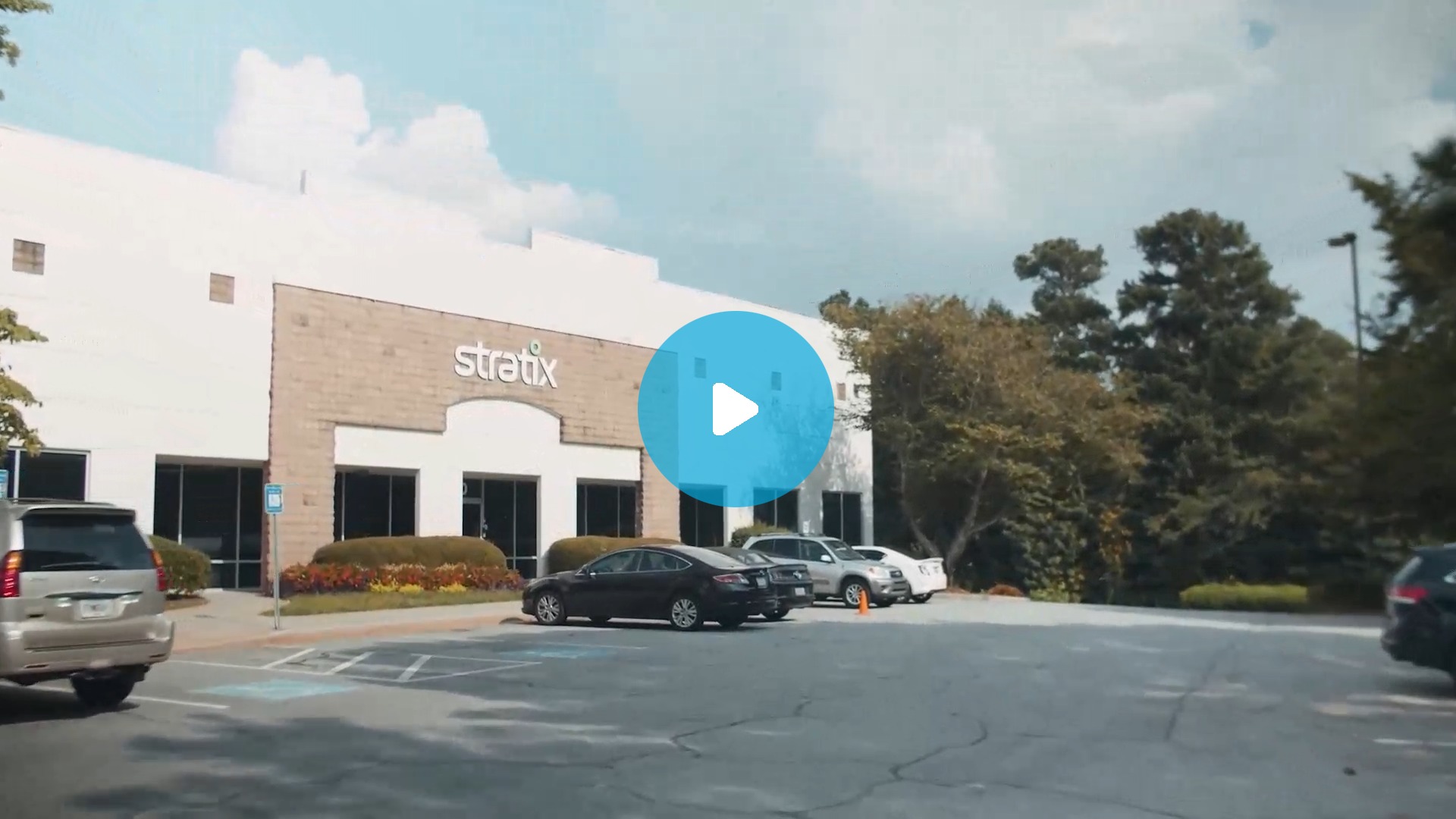Thoughts From the Healthcare Partnership USA East Coast 2025 Event
Blog
The 2025 Healthcare Partnership Network (HPN) USA East Coast event brought together healthcare technology leaders to discuss the challenges and innovations shaping modern care delivery. From improving patient access to automating workflows and enhancing staff safety, organizations are looking for practical ways to drive efficiency and better outcomes. Following the event, Stratix’s Healthcare Subject Matter Expert Erika Haynes spoke with Katy Hughes, Senior Healthcare Account Manager at Zebra Technologies, to discuss key pain points raised by attendees—and how Zebra’s healthcare solutions are helping providers tackle them head-on.
1. Patient Access
Erika: Many healthcare organizations at HPN said they’re struggling with front-end processes like registration and check-in. What Zebra solutions are helping?
Katy: Kiosks are becoming a powerful tool for improving both patient flow and staff efficiency. When hospitals and clinics use self-service kiosks, patients can quickly check in, verify their information, and update forms without waiting in long lines—reducing frustration and improving satisfaction right from the start.
From an operational standpoint, kiosks help reduce administrative burden by automating repetitive front-desk tasks like insurance verification, consent form collection, and payment processing. That allows staff to focus on higher-value interactions—especially those requiring empathy or problem-solving that a machine can’t replicate.
On the data side, Zebra’s healthcare-grade kiosks are built to integrate directly with EHR and scheduling systems, ensuring accurate, real-time updates across patient records. That reduces errors caused by manual entry and improves downstream workflows, from triage to billing.
Finally, infection control remains a top priority. Zebra’s kiosk solutions are designed with disinfectant-ready surfaces and touchscreen durability suited for clinical environments. The result is a fast, secure, and hygienic front-end experience that helps healthcare facilities increase throughput, accuracy, and patient trust.
2. Automating Workflows
Erika: We all know that provider shortages are a major hurdle. There are not enough doctors and nurses—which leads to longer wait times and the potential for delayed care. We also know that providers spend twice as much time on paperwork as they do face-to-face with patients. Clinicians are overwhelmed by manual tasks that take time away from patient care. What’s working to automate these workflows?
Katy: Zebra’s scanning, mobility, and RFID technologies reduce manual data entry and ensure accuracy across critical workflows—like specimen tracking, medication administration, and asset management. When clinicians spend less time documenting and more time caring, outcomes improve and burnout decreases.
3. Emergency Response
Erika: Several nurse leaders mentioned wanting faster ways to summon help in critical moments. How is Zebra addressing that?
Katy: Our mobile computers with integrated emergency response buttons enable instant communication with security or code teams. Through Zebra Workcloud Sync, alerts are sent directly to designated staff devices—cutting response times and improving safety for both caregivers and patients.
4. Leveraging AI for Clinical Charting
Erika: AI was a big discussion point. How can it actually make a difference at the bedside?
Katy: Zebra devices can integrate AI-powered dictation and charting tools that automate documentation directly into EHRs. This reduces after-shift charting, improves accuracy, and gives clinicians more time for meaningful patient interaction.
5. Integrating Smart Pump (IV) with Scanning
Erika: Medication safety is always top of mind, and several leaders asked about integrating smart pumps with scanning workflows. What’s possible today?
Katy: Zebra barcode scanning ensures every medication and patient match is verified before administration. When connected to smart infusion pumps, this creates a closed-loop medication process—reducing errors and ensuring compliance with “Five Rights” safety protocols.
6. Care Team Communication
Erika: Finally, communication is always a pain point—especially across departments and BYOD devices where users frequently have to manually look up the right number. How does Workcloud Sync help unify the team?
Katy: Zebra Workcloud Sync turns every Zebra mobile device into a secure, all-in-one communication tool. Clinicians can call, message, or push-to-talk across roles and departments, with full visibility into who’s on duty. It replaces multiple devices and fragmented systems with one connected platform designed for healthcare. Workcloud Sync is device independent, making it perfect for connecting BYOD devices across different platforms (Android, iOS), and it works really well in a shared device environment where your login drives your details and not what device you picked up that day.
Closing Thoughts
Erika: What’s the one takeaway from this year’s HPN event?
Katy: Healthcare leaders are ready to modernize—but they need partners who understand both clinical and operational realities. At Zebra, we’re focused on delivering technologies that fit naturally into care delivery, not complicate it. When the right data reaches the right person at the right time, great care happens.













